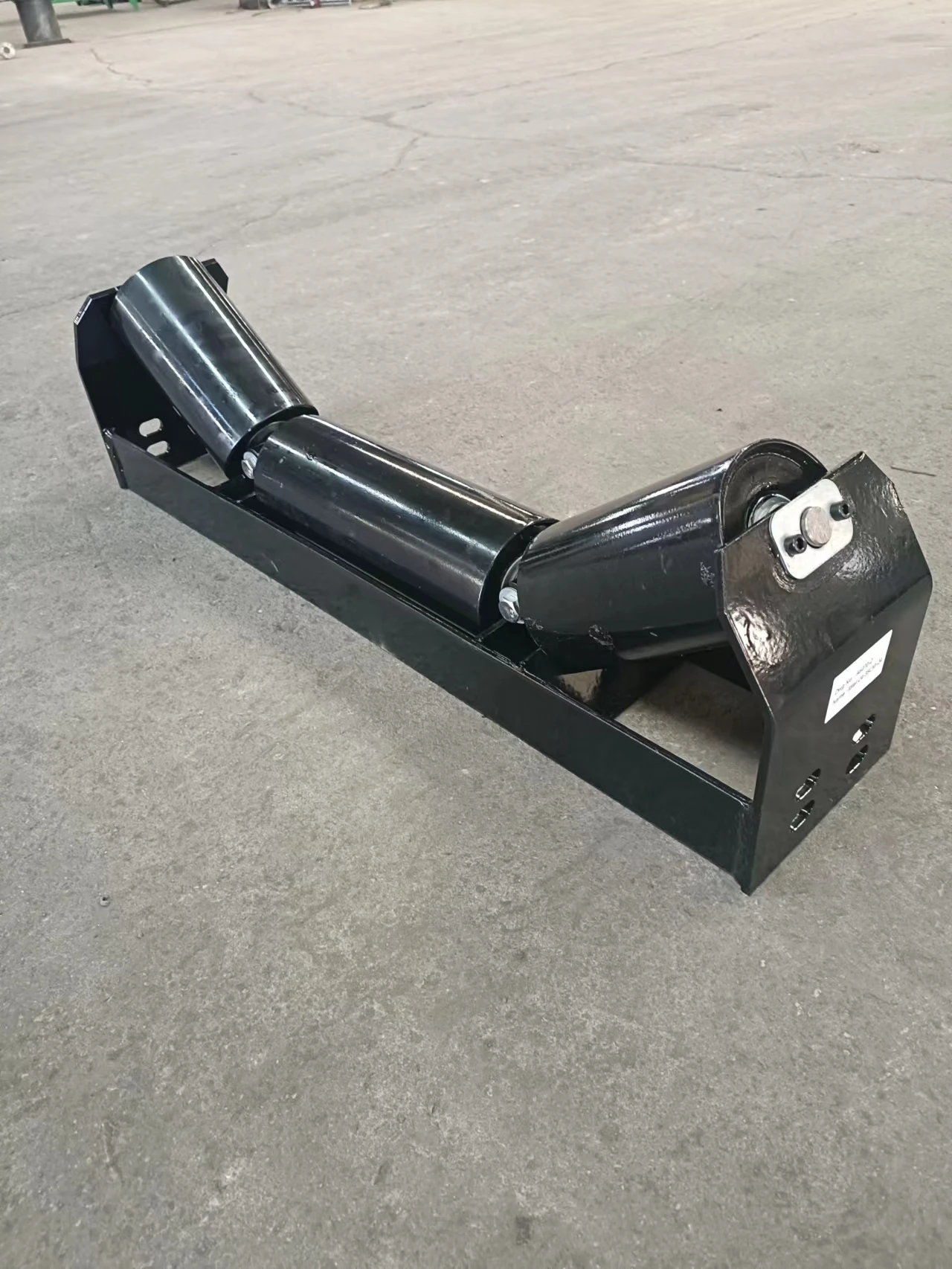 Afrikaans
Afrikaans  Albanian
Albanian  Amharic
Amharic  Arabic
Arabic  Armenian
Armenian  Azerbaijani
Azerbaijani  Basque
Basque  Belarusian
Belarusian  Bengali
Bengali  Bosnian
Bosnian  Bulgarian
Bulgarian  Catalan
Catalan  Cebuano
Cebuano  Corsican
Corsican  Croatian
Croatian  Czech
Czech  Danish
Danish  Dutch
Dutch  English
English  Esperanto
Esperanto  Estonian
Estonian  Finnish
Finnish  French
French  Frisian
Frisian  Galician
Galician  Georgian
Georgian  German
German  Greek
Greek  Gujarati
Gujarati  Haitian Creole
Haitian Creole  hausa
hausa  hawaiian
hawaiian  Hebrew
Hebrew  Hindi
Hindi  Miao
Miao  Hungarian
Hungarian  Icelandic
Icelandic  igbo
igbo  Indonesian
Indonesian  irish
irish  Italian
Italian  Japanese
Japanese  Javanese
Javanese  Kannada
Kannada  kazakh
kazakh  Khmer
Khmer  Rwandese
Rwandese  Korean
Korean  Kurdish
Kurdish  Kyrgyz
Kyrgyz  Lao
Lao  Latin
Latin  Latvian
Latvian  Lithuanian
Lithuanian  Luxembourgish
Luxembourgish  Macedonian
Macedonian  Malgashi
Malgashi  Malay
Malay  Malayalam
Malayalam  Maltese
Maltese  Maori
Maori  Marathi
Marathi  Mongolian
Mongolian  Myanmar
Myanmar  Nepali
Nepali  Norwegian
Norwegian  Norwegian
Norwegian  Occitan
Occitan  Pashto
Pashto  Persian
Persian  Polish
Polish  Portuguese
Portuguese  Punjabi
Punjabi  Romanian
Romanian  Russian
Russian  Samoan
Samoan  Scottish Gaelic
Scottish Gaelic  Serbian
Serbian  Sesotho
Sesotho  Shona
Shona  Sindhi
Sindhi  Sinhala
Sinhala  Slovak
Slovak  Slovenian
Slovenian  Somali
Somali  Spanish
Spanish  Sundanese
Sundanese  Swahili
Swahili  Swedish
Swedish  Tagalog
Tagalog  Tajik
Tajik  Tamil
Tamil  Tatar
Tatar  Telugu
Telugu  Thai
Thai  Turkish
Turkish  Turkmen
Turkmen  Ukrainian
Ukrainian  Urdu
Urdu  Uighur
Uighur  Uzbek
Uzbek  Vietnamese
Vietnamese  Welsh
Welsh  Bantu
Bantu  Yiddish
Yiddish  Yoruba
Yoruba  Zulu
Zulu Durable Wing Pulley Designed for Heavy-Duty Applications and Enhanced Performance
Understanding the Heavy Duty Wing Pulley A Comprehensive Overview
In the realm of industrial applications, efficiency and durability are paramount. One critical component that plays a significant role in various operations is the heavy-duty wing pulley. This specialized pulley enhances performance in conveyor systems and serves a vital purpose in ensuring the reliability of material handling processes. This article delves into the functions, construction, benefits, and applications of heavy-duty wing pulleys, highlighting their importance in the industrial landscape.
A wing pulley is distinguished by its unique design, which typically features a series of wing-like extensions radiating from the center hub. This design minimizes material build-up and improves the cleaning of the belt, making it an ideal choice for conveyor systems that frequently handle bulk materials like sand, gravel, and ore. Heavy-duty variants of these pulleys are engineered to withstand elevated loads and harsh operating environments, making them suitable for demanding industrial settings.
The construction of a heavy-duty wing pulley involves high-quality materials, often including heavy-gauge steel or stainless steel. These materials provide significant tensile strength and resistance to wear and tear. The wing pulley is designed with a focus on longevity; it features a robust hub, with a bearing assembly that ensures smooth operation. Some manufacturers employ advanced engineering techniques, such as computer-aided design (CAD), to create pulleys that not only meet but exceed the stringent specifications set by industry standards.
One of the most significant advantages of using a heavy-duty wing pulley lies in its ability to enhance the overall efficiency of a conveyor system. The wing design assists in preventing material from accumulating on the pulley, which can lead to various issues such as belt misalignment and increased wear. By reducing such occurrences, the heavy-duty wing pulley not only prolongs the lifespan of the conveyor belt but also contributes to lower maintenance costs. Additionally, the effective cleaning action of the wings minimizes the risk of belt damage, which is often a consequence of material build-up.
heavy duty wing pulley

Another notable benefit is the improved safety features associated with heavy-duty wing pulleys. They are designed to operate effectively at high speeds while ensuring that any debris or loose materials are cleaved away from the belt. This leads to a reduced risk of slip-and-fall incidents in the surrounding work environment. Moreover, because these pulleys are developed to meet strict safety standards, their use promotes a safer workplace.
Heavy-duty wing pulleys find extensive applications across various industries, notably in mining, agriculture, and construction. In mining operations, they facilitate the efficient movement of ores and minerals, while in agricultural settings, they assist in transporting grains and other bulk commodities. In construction, these pulleys are integral to moving heavy materials across job sites. Their versatility makes them an essential component in any industry that relies on conveyor systems for material handling.
Furthermore, with the increasing focus on sustainability and environmental responsibility, the design and manufacturing processes for heavy-duty wing pulleys have evolved. Many manufacturers are now adopting eco-friendly practices and materials to reduce their carbon footprint. This transition aligns with the broader industry trend toward greener operations, ensuring that the benefits of heavy-duty wing pulleys extend beyond performance to include environmental stewardship.
In conclusion, heavy-duty wing pulleys are invaluable components in the efficient operation of conveyor systems across various industries. Their robust design, coupled with the advantages of reduced maintenance costs, enhanced safety, and versatility, make them indispensable for material handling. As industries continue to evolve, heavy-duty wing pulleys will undoubtedly remain at the forefront of innovation, contributing to more efficient and sustainable operations in the years to come.
-
Revolutionizing Conveyor Reliability with Advanced Rubber Lagging PulleysNewsJul.22,2025
-
Powering Precision and Durability with Expert Manufacturers of Conveyor ComponentsNewsJul.22,2025
-
Optimizing Conveyor Systems with Advanced Conveyor AccessoriesNewsJul.22,2025
-
Maximize Conveyor Efficiency with Quality Conveyor Idler PulleysNewsJul.22,2025
-
Future-Proof Your Conveyor System with High-Performance Polyurethane RollerNewsJul.22,2025
-
Driving Efficiency Forward with Quality Idlers and RollersNewsJul.22,2025





























